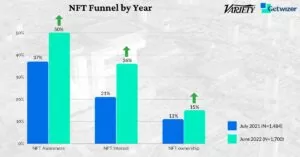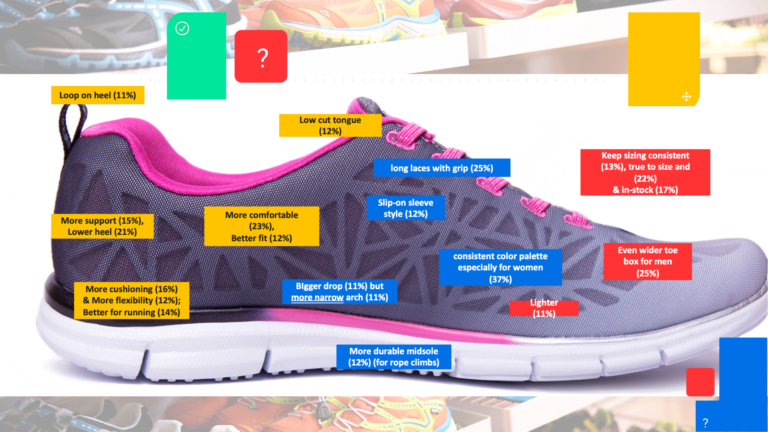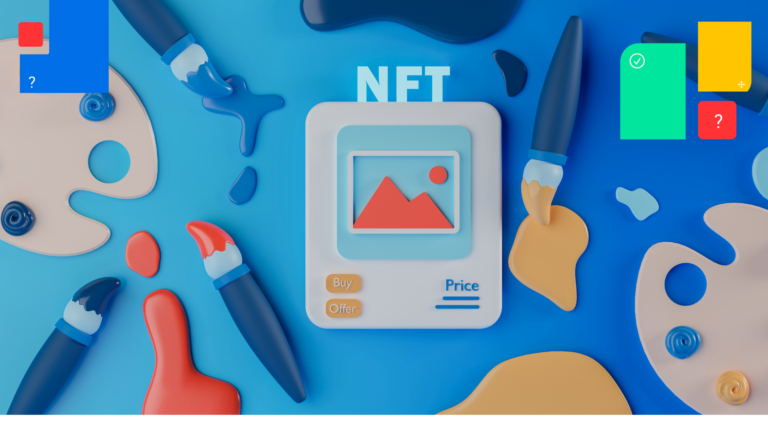
Are we really on the verge of a tech inflection point in Market Research?
- March 4, 2019
- 7 min
Pressure to provide faster, deeper and more cost-effective insights is driving change
For many years now, the market research industry has been torn between the desire to align with heavy digitalization occurring in other industries, and the basic need for “jobs to be done”.
Supposedly, everything is available: a ton of data is available, plenty of platforms and technologies offer solutions, and everything is becoming more accessible. Why, then, aren’t CMI experts feeling at ease and cruising into this state of digital consciousness?
EMBRACING ARTIFICIAL INTELLIGENCE
One of the key reasons is the capability to migrate from old and trusted habits, instilled by research professionals and agencies decades ago, into this new world of abundant data and artificial intelligence. Marketing research professionals (mostly referred to as CMI in enterprise organizations) find themselves in a situation where there’s no clear path ahead, which often leads to an internal determination of what needs to be done, rather than being able to adopt ready-to-use off-the-shelf solutions like in the old days.
Up until as little as five years ago, research agencies have been well-embedded in the enterprise’s spectrum of activities, from new product and marketing innovation, to pre-launch, through branding, advertising, and post-launch measurement. Solutions like SurveyMonkey and Qualtrics were either used in mid-to-low market cases or in less strategic cases. Seldom would you hear about large enterprises running their end-to-end brand tracker or concept testing via a DIY tool.
THE NEW REALITY FOR CMI TEAMS
However, things have since become so much better and so much worse for CMI teams, and here’s why:
CMI is being mega-overwhelmed by email marketing campaigns: An average CMI person whose name and contact details somehow got themselves into one of those mass databases (data.com, ZoomInfo, etc) would expect to get at least tens of cold emails per day, It’s very difficult to stay afloat with so much noise happening.
Too many point solutions with mild to high overlap: Without naming names, it’s difficult to draw the line in the sand as to where a certain solution starts, and where it ends. With end-to-end agencies, DIY/EFM tools, social listening platforms, knowledge management platforms, BI and visualization tools, and others, it’s becoming increasingly challenging to sort out, map out, and stay ahead of the curve.
The ‘platformization’ paradox: So if you powered through the cold email and opted in, now you might find that you’re suddenly dealing with too many “platforms” (everyone promises to deliver their results in a platform). While organizations aspire to move into more digital delivery methods and use PowerPoint much less, they have to manage different platforms (not to mention different user names and passwords) that are disparate and siloed. This does little to simplify the lives of CMI teams. More so, it becomes impossible to know what information to find in what platform, let alone what it all means. So now you need a platform to aggregate platforms?
Abusing the language, massaging the message: It’s not enough that you are bombarded with solutions, the noise-levels somewhat mandate resorting to marketing acrobatics in terms of messaging. And this is how the terms ‘insights’, ‘AI’, ‘smart’, and others turn into meaningless, undifferentiated buzzwords. To borrow from Russell Brand’s Messiah Complex show, pertaining to one of Dr. Pepper’s campaigns: “If we’re using words like ‘unbelievably satisfying’ to describe a brown, fizzy drink, what language is left for love?”
(The lack of) all-encompassing solutions: Even with all the effort and capital injected into this space, when CMI teams need answers to their big questions, answers are widely provided more so by agencies than tech solutions. There could be several reasons for that: tech, especially VC-backed solutions, aspire to operate in a hands-free environment, meaning no services. Enterprises, especially in CMI, are not only used to getting serviced but are also usually too short-handed to embark on a self-service adventure. Moreso, agencies have gained the trust of enterprises when it comes to high-stakes consulting, which, to some degree, left all tech solutions to handle niche or point challenges. Some good examples are survey automation and social listening. It did not alleviate the pain and need for such solutions, and so many enterprises are now trying to innovate, or at least initiate innovation on the inside.
Knowledge gaps and disinformation: Many enterprises sit on potential data goldmines. They keep hearing about this magical AI and how it’s changing the world around them, however it does so in their space in subtle, somewhat underwhelming ways, like assisting with the coding of open-ended questions, or summarizing topics in forums and social media. CMI teams expect more from the technology that can drive itself to work. The biggest challenge is how to align what could realistically be expected from technology given the constraints that exist.
Ultra-fragmented enterprise structures: One of the most prominent other sides of the equation mentioned in point 5: It’s as if every business, despite seemingly selling a product that is very similar to or identical to its competitors, has its own different data, different work protocols, different agendas, different org trees (hence different way of structuring the data-insight supply chain). This situation makes it very difficult to have a syndicated or at least standardized solution that could maximize the benefit for CMI teams. The challenge here is multidimensional: how do you build a piece of tech that can be universal enough to apply to many orgs, but at the same time specific enough to maximize each data source’s potential inputs. This is not even to mention cloud compliance and other IT-related impositions.
And so, from the looks of it, the situation seems convoluted and borderline cluster-fudged. So the question to be asked is: Are we really on the verge of a major inflection point in the market research sector?
THE PROCESS OF TECHNOLOGICAL DISRUPTION
Perhaps we can also look at it in a different way. Experimentation is a very important step in the process of technological disruption, and it looks like we are at the stage where companies are accepting the fact that tech is here to stay and make our lives better, and now the main question is “how”? (and perhaps “when”?).
One that is popular to be dismissed is ‘survey automation’ as an example. It was first introduced to the market some 4-5 years ago and has been categorized as a “nice productivity tool”, probably rightfully so, as it was mostly rigid and generally limited in terms of high-stakes benefit. If we agree that survey research is still going to play an important role in consumer insights and that costs and timelines are being heavily cut-down, perhaps there’s room for much better automation to solve a bigger problem after all? More flexibility? The ability to be ‘in the driving seat’ if necessary? More transparency? We reckon that the answer is yes, yes, yes, and yes.
Furthermore, we at GetWizer are huge advocates of combining the bleeding edge of technology and statistics (and automation). We have the platform, tech, and people to pioneer this exciting new stage in consumer insights, data, and analytics.
As we set expectations and before we bang our heads against office walls (Careful! It’s probably plaster!), we need to remember that major change could take time, and we are better advised to take a responsible, step-by-step approach. We may want it all and want it now, but we need to remember that the market speaks, and as it pertains to high-end A.I., it only started saying its first words.
Get started
You too can test anything, anytime, over and over again.
We'll be in touch soon. Privacy settings















